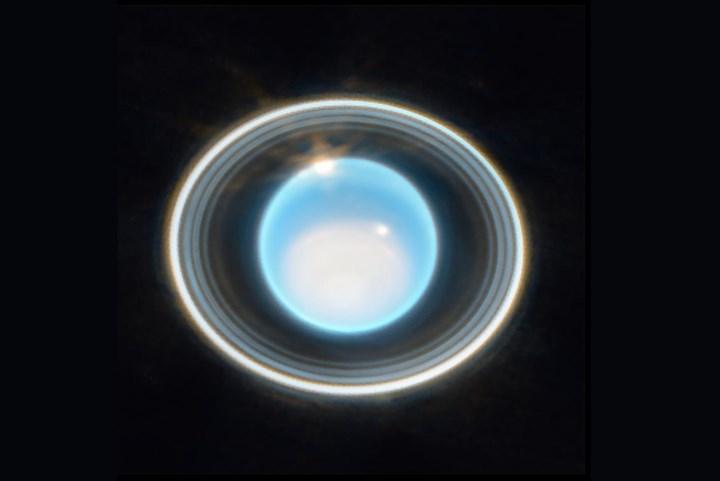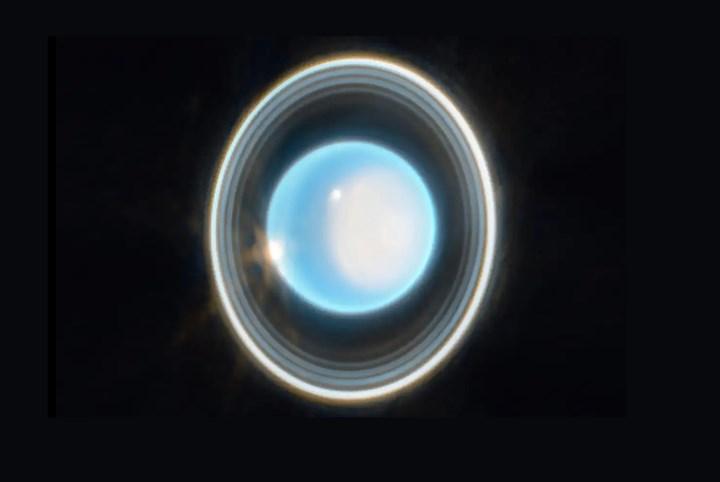 NASA’s James Webb Space Telescope has captured dazzling new pictures of Uranus, revealing the never-before-seen subtleties of the planet’s iconic rings. The published photos once again reveal the success of the $10 billion space telescope.
NASA’s James Webb Space Telescope has captured dazzling new pictures of Uranus, revealing the never-before-seen subtleties of the planet’s iconic rings. The published photos once again reveal the success of the $10 billion space telescope.The new photos were taken using the telescope’s MIRI instrument, which is equipped to capture light at frequencies invisible to the naked eye. This allowed the telescope to see the blur surrounding Uranus and capture the clearest and most accurate picture of the planet’s rings.
This is how the rings of the ice giant Uranus were seen for the first time
“We are thrilled to be able to share these incredible new images of Uranus. The detail and clarity of these images are truly outstanding, and they offer a new perspective on this iconic planet,” said Jennifer Wiseman, Webb’s senior project scientist at Goddard Space Flight Center. said.
 The photos reveal many details, including obscure holes in the rings of Uranus. Researchers speculate that these holes may have been created by small moons orbiting inside the rings, which are not yet visible in the pictures.
The photos reveal many details, including obscure holes in the rings of Uranus. Researchers speculate that these holes may have been created by small moons orbiting inside the rings, which are not yet visible in the pictures.“Studying the rings of Uranus is important for understanding the formation and evolution of our solar system,” says planetary scientist Imke de Pater of the University of California. New images from Webb will provide a more detailed study of the rings than ever before and help answer some fundamental questions about both the planet and our system.
The images of Uranus are just the latest in a series of stunning images the Webb telescope has taken since launch. In January, the telescope captured the first images of the Orion Nebula, a massive cloud of gas and dust about 1,500 light-years from Earth. Since then, the telescope has observed images of other celestial objects, including galaxies and star clusters.